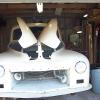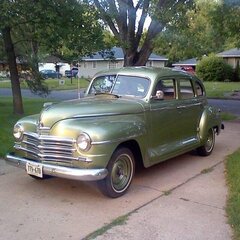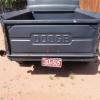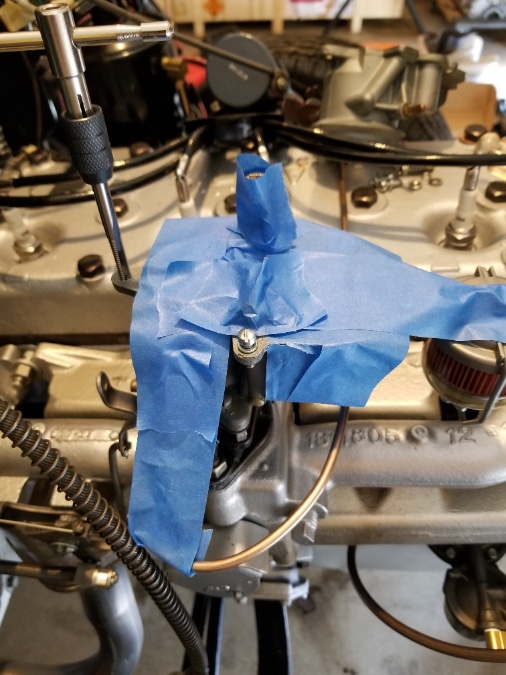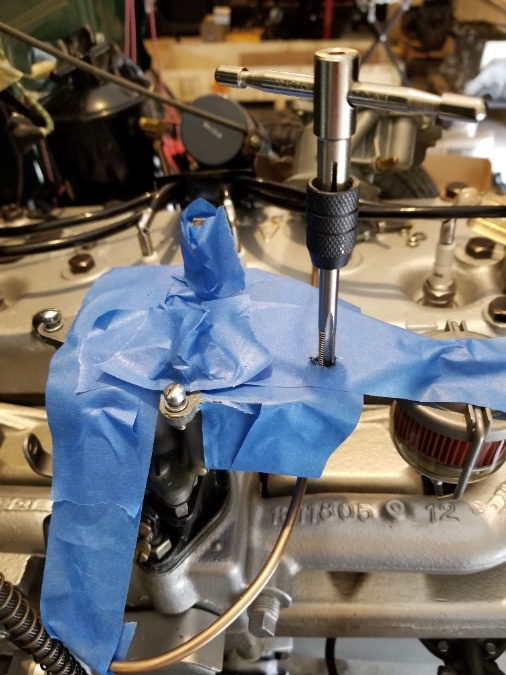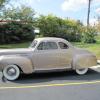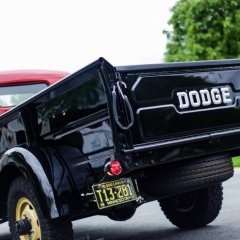Search the Community
Showing results for tags 'carb'.
-
Hi all. Noticing something new today. My carb is "damp" with fuel. Not just one place. See pix. Leak, or a mist overflowing from above? Any experience with this condition?
-
Hi, I am Michael , new member here from Marmora Ontario Canada. Purchased a 1951 S15 custom Desoto original equipment all original and in good condition. It runs and some things work and others don`t. I replaced the battery cables with number 1 copper and heavy soldered terminals I had the carb reb...
-
I have seen a lot of threads about my issue, but no answer. Hard to tune-up my car when the idle mixture screw doesn’t change the idle. Many said you, “must have a manifold leak.” Re-installed manifolds with new gaskets. Rebuilt the carb no change. A member of my Plymouth club brought his...
-
Three of the threaded holes for the air horn mounting screws were stripped by a previous owner. The screws are 10-24 RH so I ordered a Helicoil kit from McMaster-Carr, kit part number 91732A914. I wasn't sure at first whether it would be wise to change over to fine threads, but some online research...
-
Hello new to the forum. I decided to rebuild the carburetor on my 1948 Plymouth Special deluxe, and I'm kind of glad I did. There was a coating of rust sludge in the bottom of it but it still ran pretty good. I need a new float and float pin, I've found the float but I can't find the float pin....
- 8 replies
-
- carburetor
- carb
-
(and 2 more)
Tagged with:
-
Any old timers willing to help a noob with a little tune up. I recently bought a 1946 business coupe off of my Grandpa and got it out to California. The car runs but will die and then is hard to start plus is running a little rough any way. The car has sat for about 12 years but it fired right up an...
- 3 replies
-
- points carb adjust timing
- carb
-
(and 2 more)
Tagged with:
-
I am trying to replace my carb on my 1940 Plymouth P-9 The carb I bought has the wrong size at the base. it measures 2 1/2 between the studs The base is 3 1/2 I need one larger. My question is there a carb with a base stud to stud that is larger than 2 1/2 inches? Thanks in advance.
-
So I've been wondering this for a while, taking the pics for Hank yesterday it highlighted it again for me. In normal light it doesn't look as bad as with the camera flash, but is this a "normal" look for a carb? Seems it should be cleaner than it is.... is it leaking near the input? Or along...

